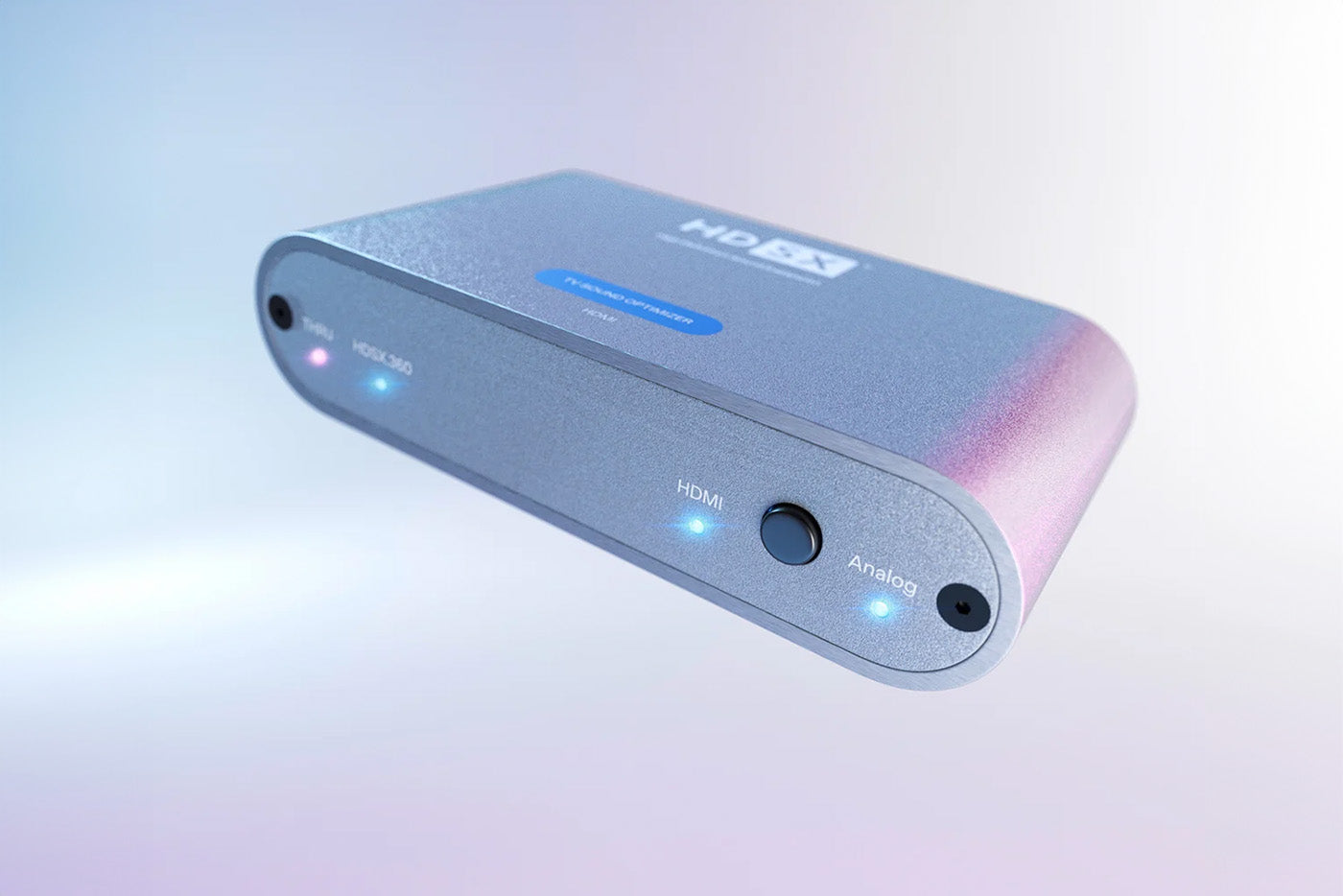Episode 4: How does Dolby Atmos work… and do I even need it?
Dolby Atmos offers a unique sound experience. That's what the advertising says. But how does the technology work? And above all: under what circumstances can the bold promises actually be realized?
9.1.4 and Co. – Dolby Atmos brings a new number into play
So-called surround sound is achieved in many systems by a subwoofer and several distributed loudspeakers. 9.1 means that there are a total of nine loudspeakers in the room and a woofer plays the low frequencies. The principle of Dolby Atmos is based on expanding the sound levels using loudspeakers from above. This results in settings such as 9.1.4 - including four ceiling loudspeakers.
What is the point of this? Viewers (and listeners) in the cinema should experience through sound how a UFO approaches from above or how a superhero disappears into the air. In both cases the sound comes from above. But does it really?
In home cinemas and even in many cinemas, the 64 speakers actually required to create real Atmos sound are not installed. This means that a downmix to the technology almost always takes place. In particular, when it comes to sound from above, tricks are often used - with so-called upfiring. Here, the speakers are not physically on the ceiling, but at the same height as the others. They are only aimed towards the ceiling, which should then reflect the sound so that it comes from above.
Whether this works depends on many factors: the reflectivity of the ceiling, the height of the room, the position of the listeners. The fact that upfiring creates real Atmos sound is therefore more a coincidence than the rule.
Atmos is object-based sound
The second difference between Atmos and "classic" formats such as Dolby Digital 5.1 begins with production and becomes apparent during playback. Traditionally, production and playback are channel-based. This means that the technology assigns a specific soundtrack to each channel.
Atmos, on the other hand, works on an object basis. The object is the sound itself, for example the sound produced by a jet taking off in a movie. Playback is not channel-based, but is generated by the technology from metadata and played depending on the equipment. It sounds impressive, but it's a matter of taste. Anyone who has media produced using Atmos can hear the effects even in stereo playback, as the sound objects intended for speakers that are not in their own set are virtualized and thus complement the sound spatially and in terms of direction. A preliminary test is therefore a good idea.
Dolby Atmos requires Dolby Atmos
... which brings us to the next topic: the content must be produced in Dolby Atmos. This places high demands on the sound technology, whether for a movie or a symphony orchestra. Or to put it another way: Atmos productions are the most expensive on the market and therefore also the rarest. But the desired 3D sound can only be created if the source supports Atmos.
Even if this is the case, it does not necessarily mean that Atmos is actually being received. This problem is particularly prevalent with streaming. The Atmos soundtrack with metadata only comes through smoothly if the data rate is sufficiently high and stable. Incidentally, not every director or musician uses the sound from above. It may be that even productions created entirely for Dolby Atmos do not offer the appropriate sound from the ceiling.
What do I need for Dolby Atmos?
As already mentioned, 64 speakers would actually be needed, including mounting on the ceiling. This creates real Atmos sound. Alternatively, the market offers various devices that are supposed to be "Atmos-capable". This capability begins with the connection: HDMI 2.1 (eARC) is mandatory.
Anyone who relies on soundbars should be aware that the Atmos sound is based on virtualization. Upfiring and downsizing the number of speakers limit the authentic sound.
What does Dolby Atmos sound like?
Just try it out Finally, the question: Is Dolby Atmos better than Dolby Digital and other formats? That can only be answered individually. If you want to get to grips with the subject, you can "test-listen" to Atmos sound on your existing equipment. The object-based playback is retained. Whether you like it is a matter of taste. The same applies to music in 3D quality. With normal headphones, you can already hear a difference.
Further information can be found in our video:



Leave a comment
All comments are moderated before being published.
This site is protected by hCaptcha and the hCaptcha Privacy Policy and Terms of Service apply.